Businesses are constantly looking for new and innovative methods to promote their brand, create engaging experiences, and enhance the overall experience of stakeholders.
With the release of devices such as the Oculus Quest and Playstation VR, virtual reality has gradually become an increasingly popular variety of visual technology. Furthermore, smartphone brands such as Google and Samsung have also developed cost-effective accessories to help transform smartphone devices into virtual reality headsets. As a result, there are over 171 million virtual reality users globally (Statista, 2018) and a further 5.5 million units are estimated to be further shipped to customers worldwide in 2020 (Statista, 2020).
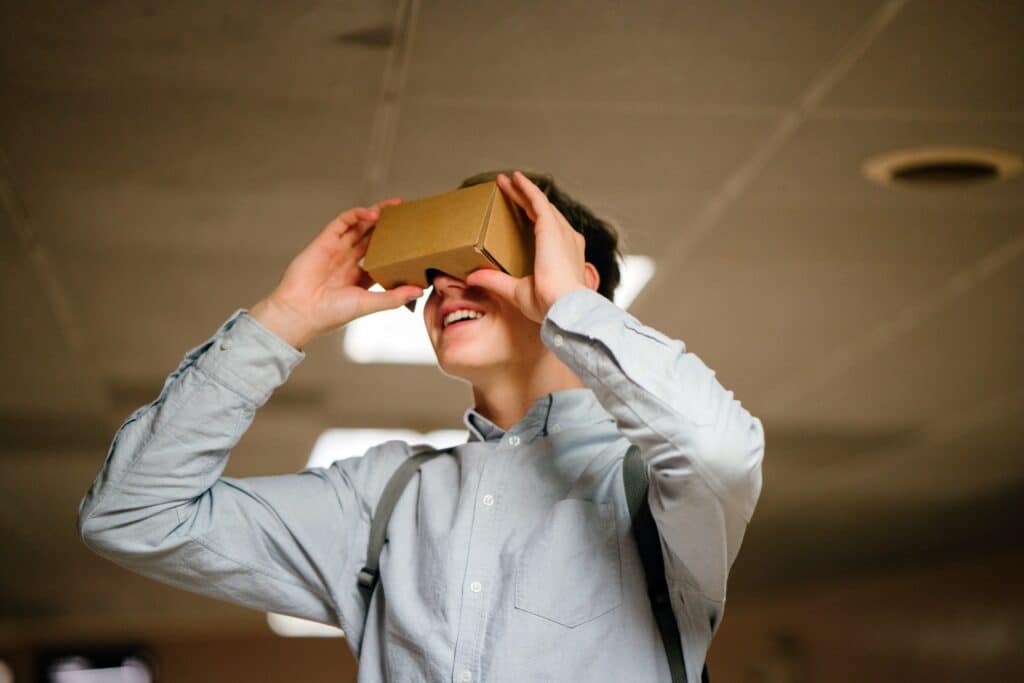
With this growth, virtual reality is becoming increasingly accessible to the public, allowing many businesses to develop immersive and captivating virtual content. As a result, it is estimated that between 2020 and 2027, the compound annual growth rate of the virtual reality market is expected to grow at an average of 21.6% every year (Grand View Research, 2020).
One industry that has greatly benefitted from utilising virtual reality is the healthcare industry, which has now begun to use this innovative technology in the training and education of medical professionals, as well as the treatment of patients and marketing of healthcare products.
In this blog, we will explore the applications of virtual reality in healthcare and discuss what benefits this innovative visual technology can bring to stakeholders.
But before we dive in, we should probably give a brief explanation as to what this technology is!
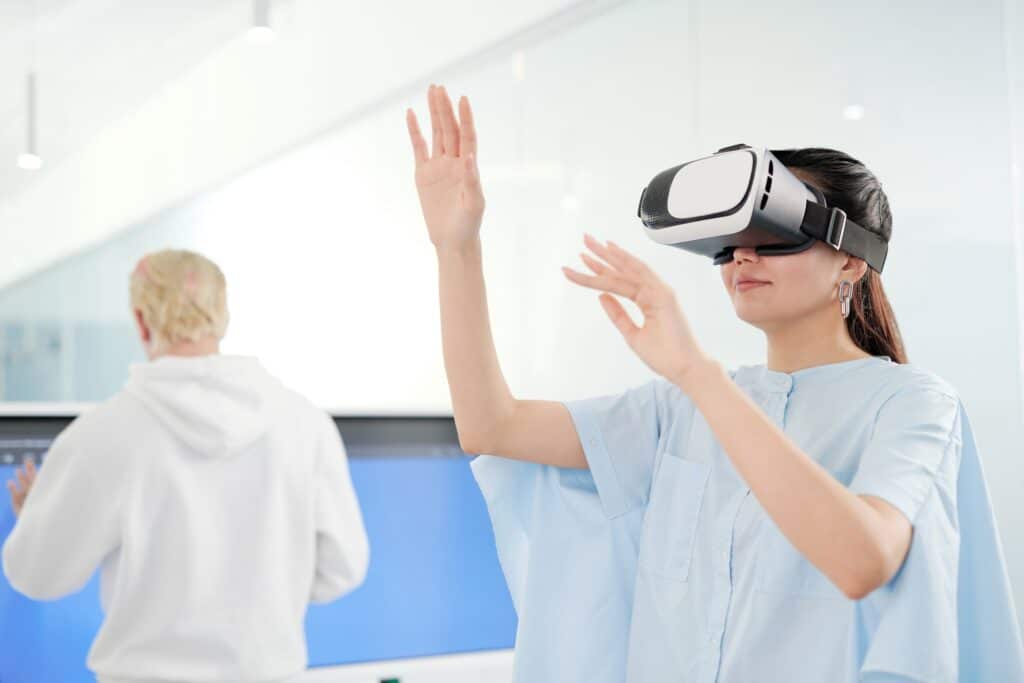
What is Virtual Reality?
When defining virtual reality, the clue is really in the name. The purpose of virtual reality is to replace what you can visually see in the real world with a 360-degree video experience. This is typically done by wearing a headset that displays a computer-generated environment in front of your eyes. Some virtual reality headsets will also incorporate additional features such as gyroscopic technology, location sensors and audio features to create a richer immersive environment and enhance the overall user experience.
With this, virtual reality will attempt to trick the user’s brain into thinking that they are actually immersed within this simulated digital environment. As a result, businesses can now create virtual reality experiences and scenarios, allowing users to interact and engage with the brand in a whole new innovative way.
For instance, businesses could utilise virtual reality to help with staff training by creating digital simulations of lifelike scenarios. According to Tech Republic, 26% of businesses are using virtual reality to train employees (TechRepublic, 2020), and doing this reduces the overall occurrence of workplace injuries by 43% (Chaos Theory Games, 2020). By using the virtual reality headset and controllers, trainees can observe, speak, and move within a 3D virtual setting whilst also interacting with simulated tools, machinery, and other trainees and instructors.
An example of this can be seen in the video below, which explains how the Glasgow Caledonian University developed a virtual reality game for wind turbine technicians which exhibits the key procedures of wind turbine operations and emergency scenarios.
Whilst many people will have experienced virtual reality within a gaming or exploratory scenario, this incredible technology has also been utilised within the healthcare sector and has helped to radically transform the industry.
Applications of Virtual Reality in Healthcare
Training
One of the most significant ways virtual reality is currently used within the healthcare industry is through the clinical training of healthcare professionals. With increased pressures on budgets and standardisation throughout the healthcare industry, virtual reality is becoming an increasingly popular method for providing simulated training scenarios to educate healthcare students.
With virtual reality, healthcare students can interact, engage, and treat virtual patients as they would in the real world. Additionally, these virtual healthcare scenarios can provide detailed feedback for students, which can help to suggest where further training is required. Students can also repeat virtual healthcare scenarios as many times as they like, which can also help to build overall confidence for when they eventually help patients in real life. Furthermore, due to the lack of space and equipment required to run a scenario, virtual reality is an incredibly cost-effective method for training healthcare students.
With all of this in mind, it comes as no surprise that in the healthcare sector, 68% of professionals believe that virtual reality training simulations will be the primary focus of new solutions and applications through 2022 (Perkins Coie, 2020).

Education
As well as helping healthcare professionals to train within virtual healthcare simulations, virtual reality can also help educate students by allowing them to interact with an immersive educational experience.
One of the biggest benefits of virtual reality is that because this experience is incredibly immersive and requires a lot of engagement and interaction from users, this technology can be used to enhance the education of students and create a unique and memorable learning experience.
For example, medical students could use virtual reality to see inside a virtual human body and examine specific organs and anatomy. Furthermore, this virtual experience could incorporate additional multimedia elements such as text, music, videos, animations, and narration, which can help to enhance the overall experience and educate the user.
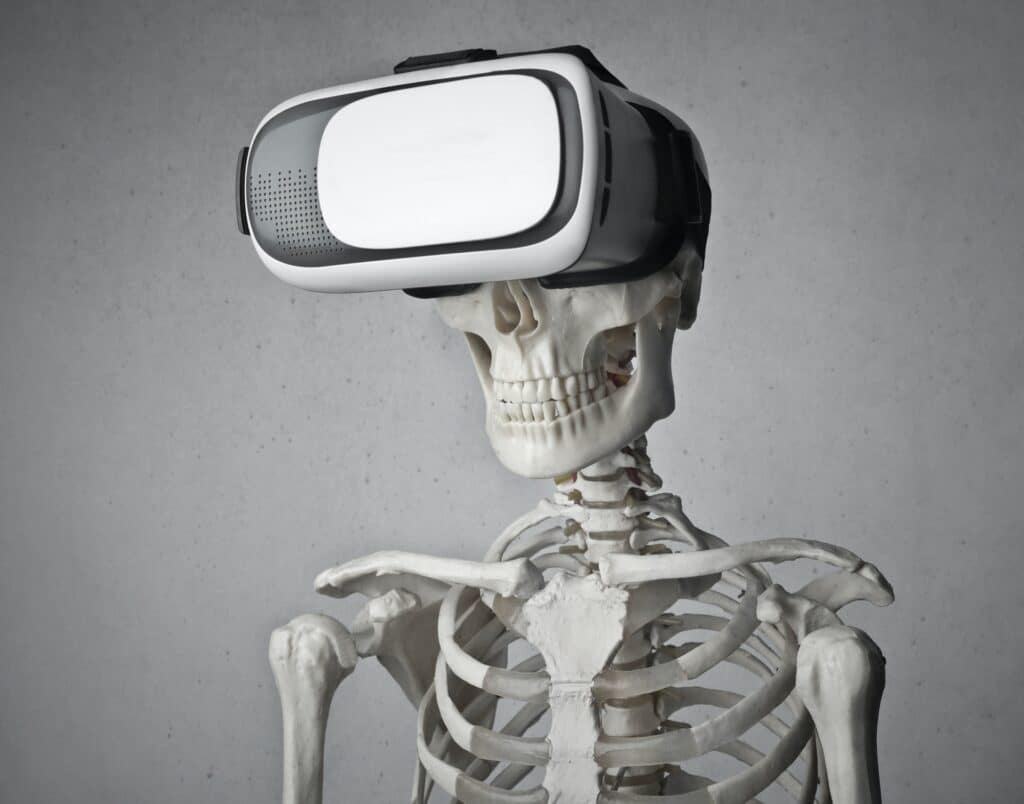
Patient Treatment
Another way in which virtual reality is being utilised within the healthcare industry is through the treatment of patients in a variety of different methods and techniques.
For instance, as well as educating healthcare professionals, virtual reality has also been used as an effective tool for educating patients and helping medical professionals to explain complex medical procedures. For example, a surgeon could use virtual reality to create a simulated environment of a surgical theatre and help their patients to pre-empt their upcoming procedure.
Furthermore, virtual reality has also been used to treat patients who suffer with mental health and psychological issues such as agoraphobia, acrophobia and post-traumatic stress disorder (PTSD). By repeatedly using a simulated environment, this can gradually build confidence of users, and help them to prepare them for dealing with similar scenarios in the real-world.
Additionally, virtual reality can also improve the overall experience of visitors to a large and complex building such as a hospital. Whilst navigating a hospital might not seem like a daunting task for a healthy individual, this is typically not the case for somebody who may be sick or may have issues with mobility and accessibility. With virtual reality, a patient could navigate a virtual replica of the hospital and experience the environment before they visit the building in the real world. Doing this, this will help visitors become familiar with the complex labyrinth environment and make future journeys as efficient and unproblematic as possible.
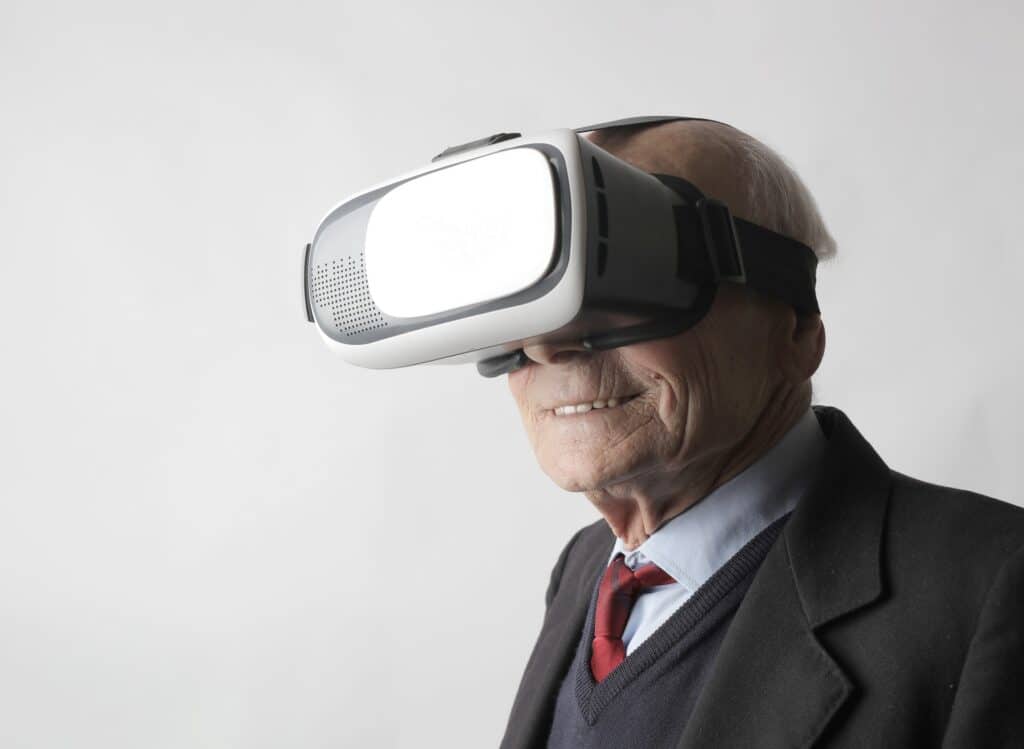
Medical Marketing
Due to the incredibly immersive and interactive experience, virtual reality has also become an incredibly potent marketing tool that can create engaging experiences for prospective customers.
At Eon Visual Media, we believe that the most effective way to create a deep and meaningful connection with your audience, stakeholders and consumers is through engaging visual technologies such as augmented reality and virtual reality.
Utilising these innovative visual technologies provides businesses operating within the healthcare and pharmaceutical industry an amazing opportunity to communicate product information. For example, with virtual reality, your consumers could visually see how a drug works in 3D in front of their eyes instead of attempting to digest lengthy product description text.
Furthermore, using innovative visual technology such as virtual reality can portray your brand as a contemporary and modern business utilising innovative visual technology and help to stand out from the competition.
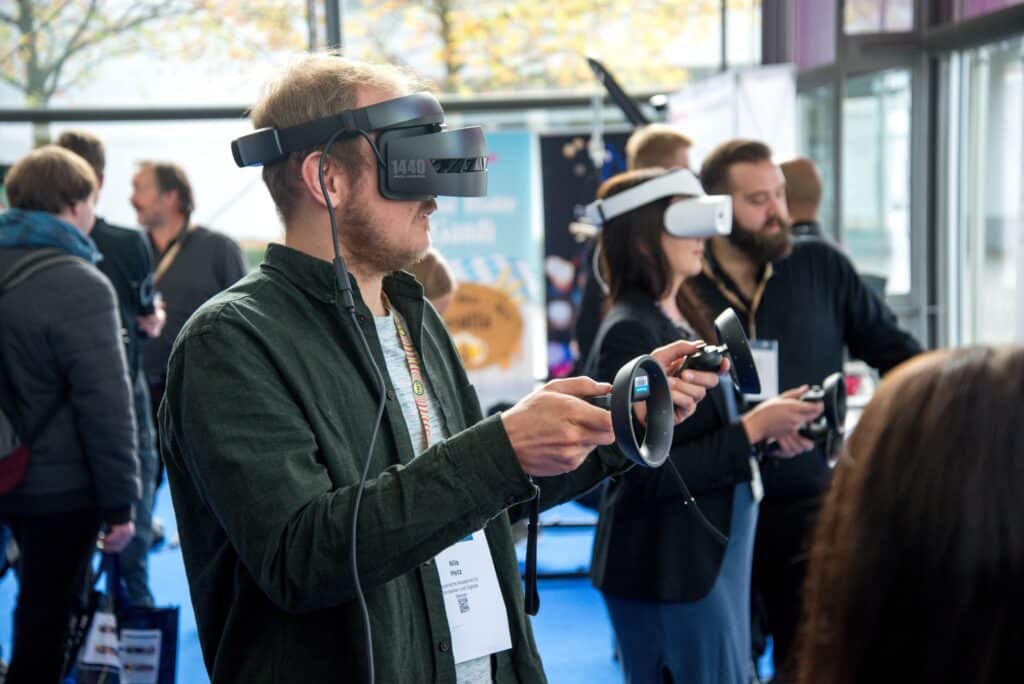
Summary
As you can see, there are many different ways in which virtual reality can be applied within the healthcare industry.
At Eon Visual Media we are incredibly passionate about creating visually stunning and engaging virtual reality experiences to engage, educate and inspire your stakeholders.
If you’d like to find out more about how virtual reality can help your business, please contact us here, or drop us an email!
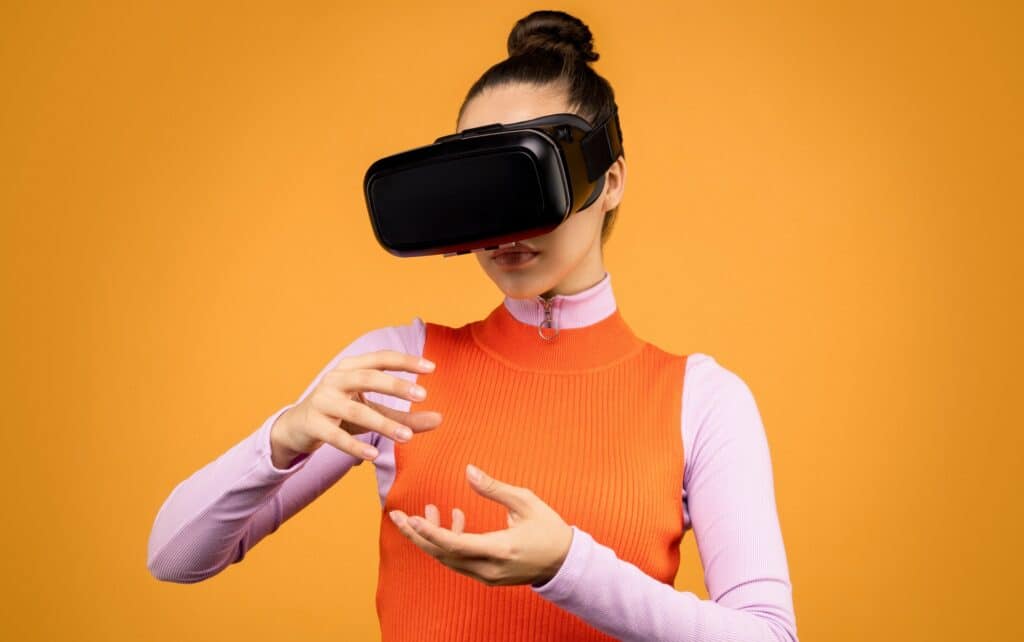

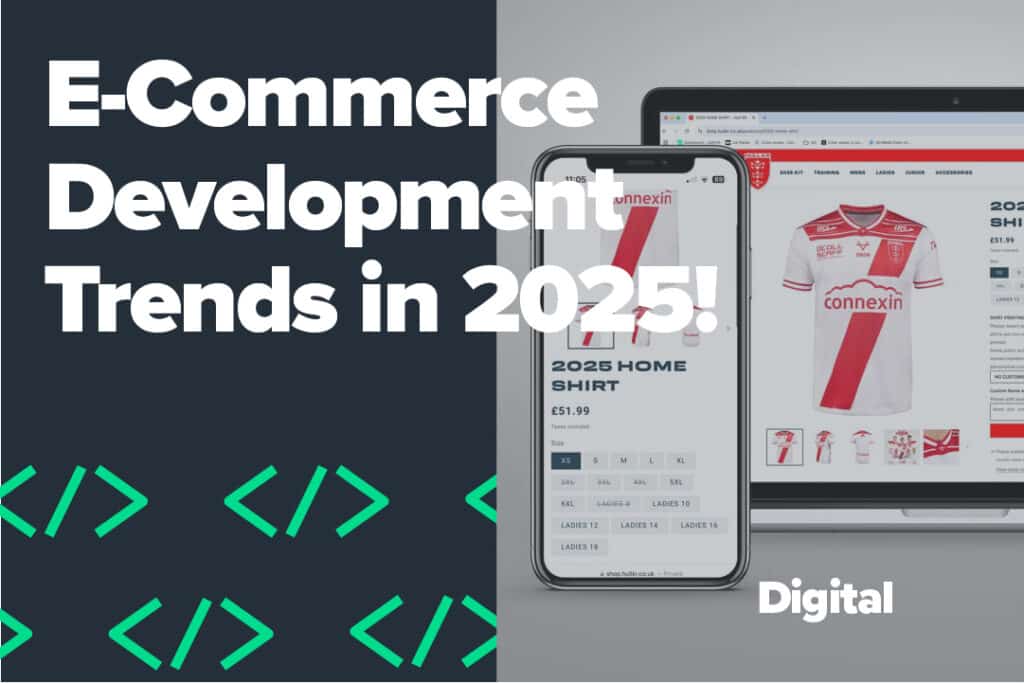
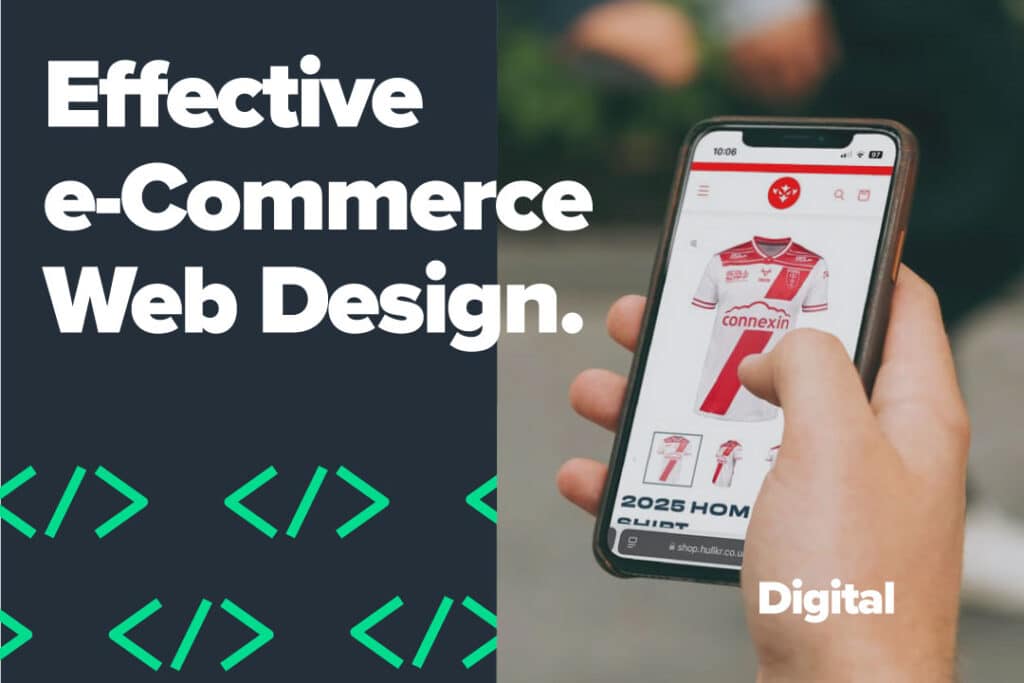

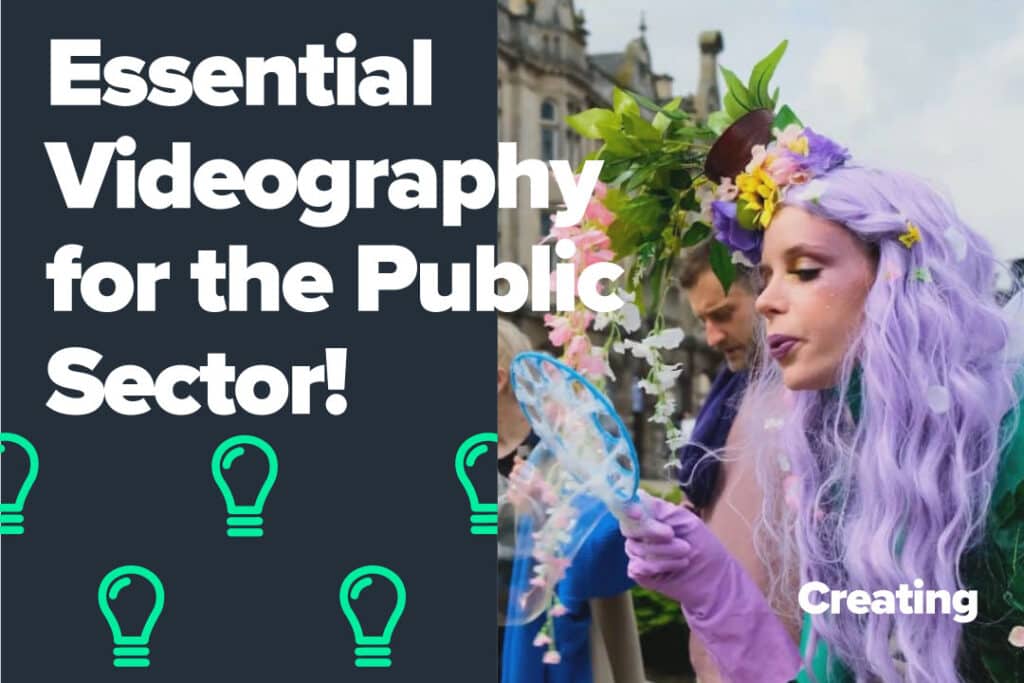
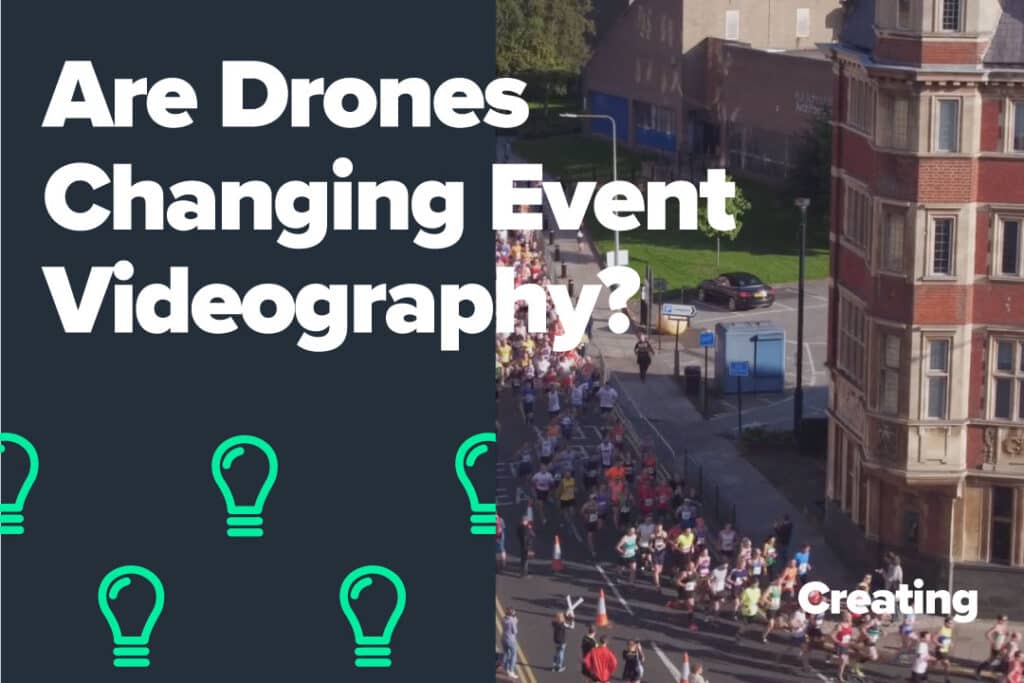
One response to “An Introduction to Virtual Reality in Healthcare”